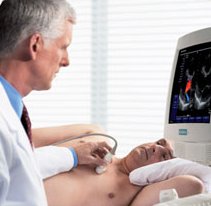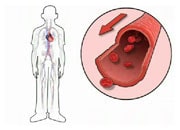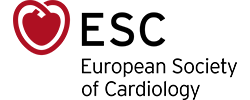Echocardiogram
An echocardiogram is a test that uses sound waves (ultrasound) to examine the heart. This is the same method used on a pregnant woman to look at her baby, but the echocardiogram looks at your heart instead.
The doctor will place lubricating jelly on your chest first. Then, they will place the recorder on your chest and a pulse of ultrasound is passed through the skin of your chest. The recorder picks up echoes reflected from various parts of your heart and translates them into a picture on the screen.
The procedure is completely painless and harmless and takes approximately 10 to 15 minutes.
An echocardiogram can give accurate information about the structure of your heart, its function and its valves.
In some cases, the doctor may wish to do this after your heart has been put under mild stress. In this case, you may be asked to exercise briefly to increase your heart rate, after which the echocardiogram is repeated.
Doctors commonly ask for a 24-hour recording of the ECG to detect heart rhythm disturbances. You will wear a small device, which is like a mini ECG machine, to record your heart activity with the same adhesive pads attached to your chest. You will usually wear this for a day and should try to lead a normal life during the recording.
Return to Common tests for heart failure
 |
| © Siemens A patient having anechocardiogram. |
 |
| © Siemens Example of an echocardiogram |
Return to Common tests for heart failure




















